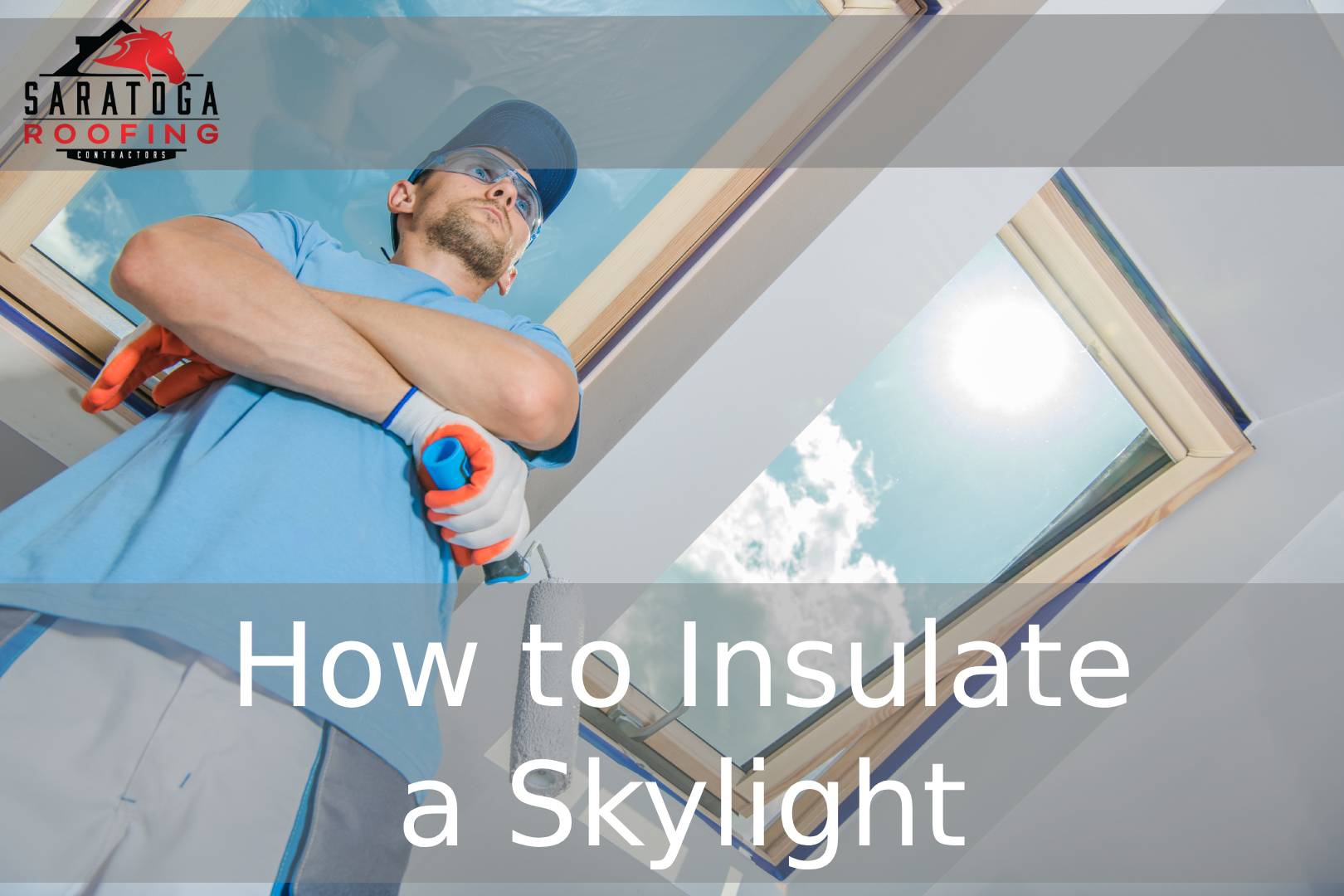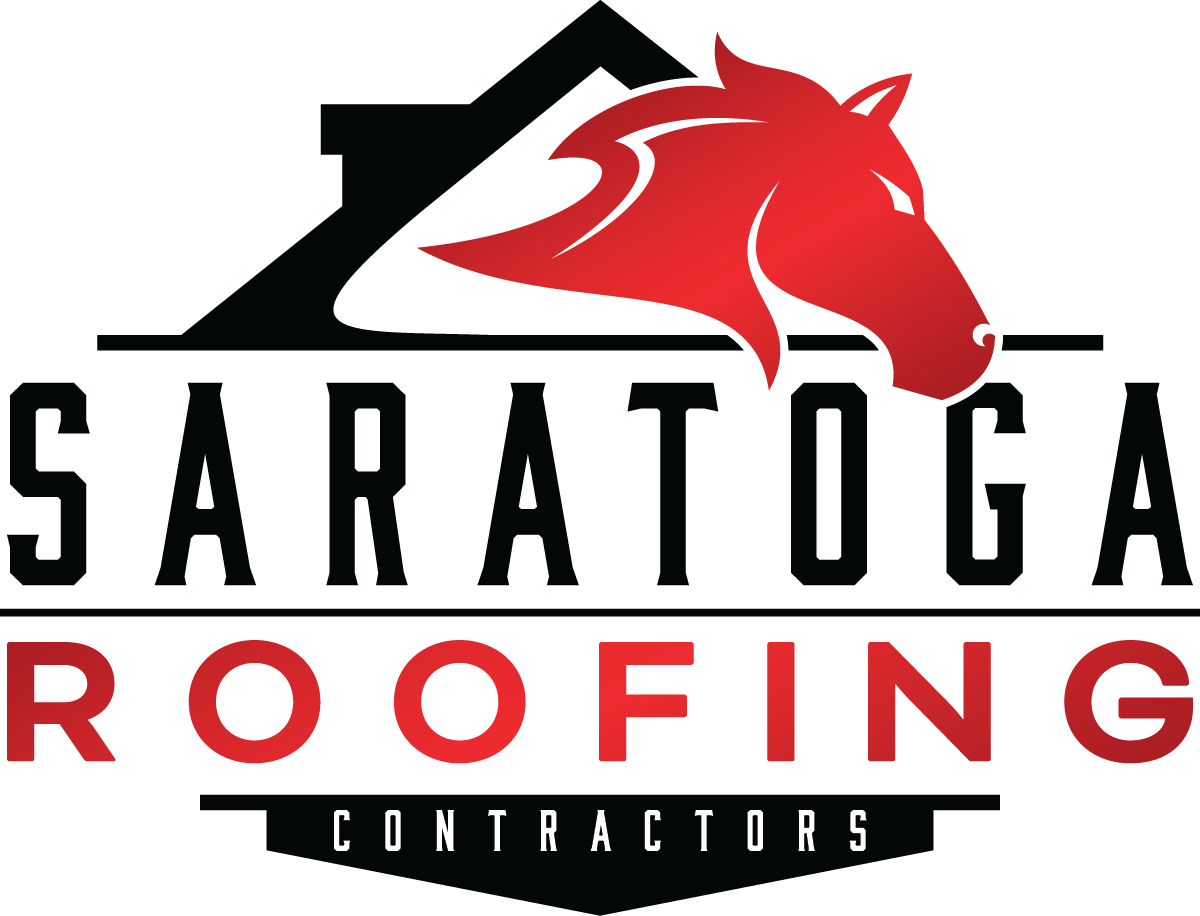
While skylights bring beautiful natural light into homes, they can also be major sources of energy loss, especially during the winter months.
Many homeowners notice drafts, condensation, or higher energy bills that can often be traced back to poorly insulated skylights.
NOTE: Most moisture issues are actually condensation problems rather than actual leaks.
This guide will cover practical methods for insulating your skylight, from quick DIY fixes to more permanent solutions that can significantly reduce your energy costs and enhance comfort.
Why Your Skylight Needs Insulation
Energy loss is the primary concern with uninsulated skylights.
Since heat rises and escapes through uninsulated skylights, your heating system works overtime to maintain comfortable temperatures.
The consequences include increased heating costs, condensation issues, and potential ice dam formation on your roof.
NOTE: Skylight shafts are part of the building envelope and must be properly insulated to prevent energy loss.
Skylight wells (the shaft connecting your skylight to the interior) create a direct pathway for heated air to escape, making proper insulation crucial for energy efficiency.
When considering complex insulation projects or skylight installation, consulting with professionals like Saratoga Roofing can ensure optimal results and proper weatherproofing.
Quick Fixes: Temporary Insulation Methods
These cost-effective solutions are perfect for renters or those wanting seasonal adjustments.
Sealing gaps and seams is often the most overlooked yet crucial step.
Use high-quality silicone sealant or insulation foam around the skylight frame to eliminate air leaks.
NOTE: Heat always seeks the most direct path through unsealed seams, making this simple step highly effective.
Reflective foil application involves applying specially designed foil to the inner surface of your skylight.
This method reflects heat back into your home during winter and reduces UV rays during summer months.
The foil is easily removable for warmer months when you want natural solar heat.
Insulated covers made with thermal fabrics can be custom-fitted to your skylight dimensions.
These covers trap heat inside and keep cold out while being completely removable for seasonal use.
NOTE: These temporary solutions can reduce energy loss by up to 30% when properly installed and maintained.
Permanent Solutions for Better Performance
For long-term energy savings, consider these permanent insulation methods.
Secondary glazing involves installing an additional acrylic layer to create an insulating air space between the original skylight and the new layer.
This stagnant air acts as an insulating barrier, being both effective and aesthetically pleasing.
Cellular shades or custom blinds feature a unique honeycomb structure that creates air pockets, allowing for improved insulation and reduced energy consumption.
These air pockets serve as practical insulating barriers, significantly reducing heat loss while allowing light control.
Room-darkening styles offer higher R-values for maximum insulation performance.
NOTE: Rigid foam insulation is the best practice for insulating skylight shafts.
Use two-inch thick XPS foam sheets for optimal results, as they add R-value and interrupt thermal bridging through the studs.
Foam insulation is preferred over fiberglass batts because it prevents condensation issues that can lead to mold and structural damage.
Spray foam can be used for shorter, lighter tunnels and offers high insulation value, preventing warm indoor air from penetrating the framing cavity.
When to Consider Skylight Replacement
Sometimes replacement is more cost-effective than extensive insulation work.
Upgrading to double-glazed units with low U-factors (0.32 or less) dramatically reduces heat transfer and improves energy efficiency.
A comparison of glass vs. acrylic skylights reveals that flat glass skylights are more energy-efficient than acrylic dome skylights.
Glass reduces outside noise by up to 50% compared to acrylic and has a longer life expectancy without fading or yellowing.
Professional installation requirements include proper flashing and sealing to ensure the skylight remains watertight.
NOTE: Companies like Saratoga Roofing can help assess whether skylight repair or replacement is the better option for your specific situation.
Deck-mounted skylights seal directly to the roof deck for low-profile, energy-efficient installation, while curb-mounted skylights work better for flatter roofs.
Frequently Asked Questions
What’s the most effective way to insulate an existing skylight?
The most effective approach combines sealing gaps with high-quality sealant, adding secondary glazing or cellular shades, and insulating the skylight shaft with rigid foam. This multi-layered approach can reduce energy loss by 40-60%.
Can I use fiberglass insulation in my skylight shaft?
Avoid using fiberglass batts for permanent skylight shaft insulation as they drastically increase condensation risk. Rigid foam insulation is the optimal choice because it prevents moisture issues and provides better thermal performance.
How do I know if my skylight needs insulation?
Signs include visible condensation, drafts around the skylight, ice buildup in winter, and higher energy bills. If you feel cold air near your skylight during winter, it likely needs better insulation.
What’s the difference between R-value and U-factor?
R-value measures thermal resistance (higher is better for insulation materials), while U-factor measures heat flow through assemblies like skylights (lower is better). An R-value of 3.33 equals a U-factor of 0.30.
Are temporary insulation solutions effective?
Yes, temporary solutions like reflective foil and insulated covers can reduce energy loss by 20-30%. They’re ideal for seasonal use and can provide immediate improvement while you plan permanent solutions.
How much can proper skylight insulation save on energy bills?
Properly insulated skylights can reduce heating and cooling costs by 15-25% annually. The exact savings depend on your climate, skylight size, and current insulation levels.
Should I hire a professional for skylight insulation?
DIY options work for temporary solutions like sealing and covers. For permanent shaft insulation or replacement, professional installation ensures proper weatherproofing and optimal energy performance.
What causes skylight condensation, and how does insulation help?
Condensation occurs when warm, moist indoor air contacts cold skylight surfaces. Proper insulation keeps interior surfaces warmer, reducing the temperature differential that causes condensation.
Can I install secondary glazing on any skylight?
Secondary glazing works on most skylights but requires precise measurements for effectiveness. Acrylic panels are preferred for their crystal-clear appearance and easy installation.
When should I replace rather than insulate my skylight?
Consider replacement if your skylight is over 15 years old, has persistent leaks, shows structural damage, or has single-pane glazing. Modern double-glazed units offer significantly better energy performance than older models.
Start Saving Energy Today
Proper skylight insulation can significantly reduce energy costs and improve comfort in your home.
Start with simple sealing techniques to address immediate air leaks, then move to more comprehensive solutions like cellular shades or secondary glazing as your budget allows.
For permanent shaft insulation using rigid foam or when considering skylight replacement, consulting with roofing professionals ensures optimal results and proper installation.
NOTE: The investment in quality skylight insulation typically pays for itself through reduced energy bills within 2-3 years.
Take action today by inspecting your skylights for gaps and drafts, then implement the appropriate insulation method for your situation and budget.
